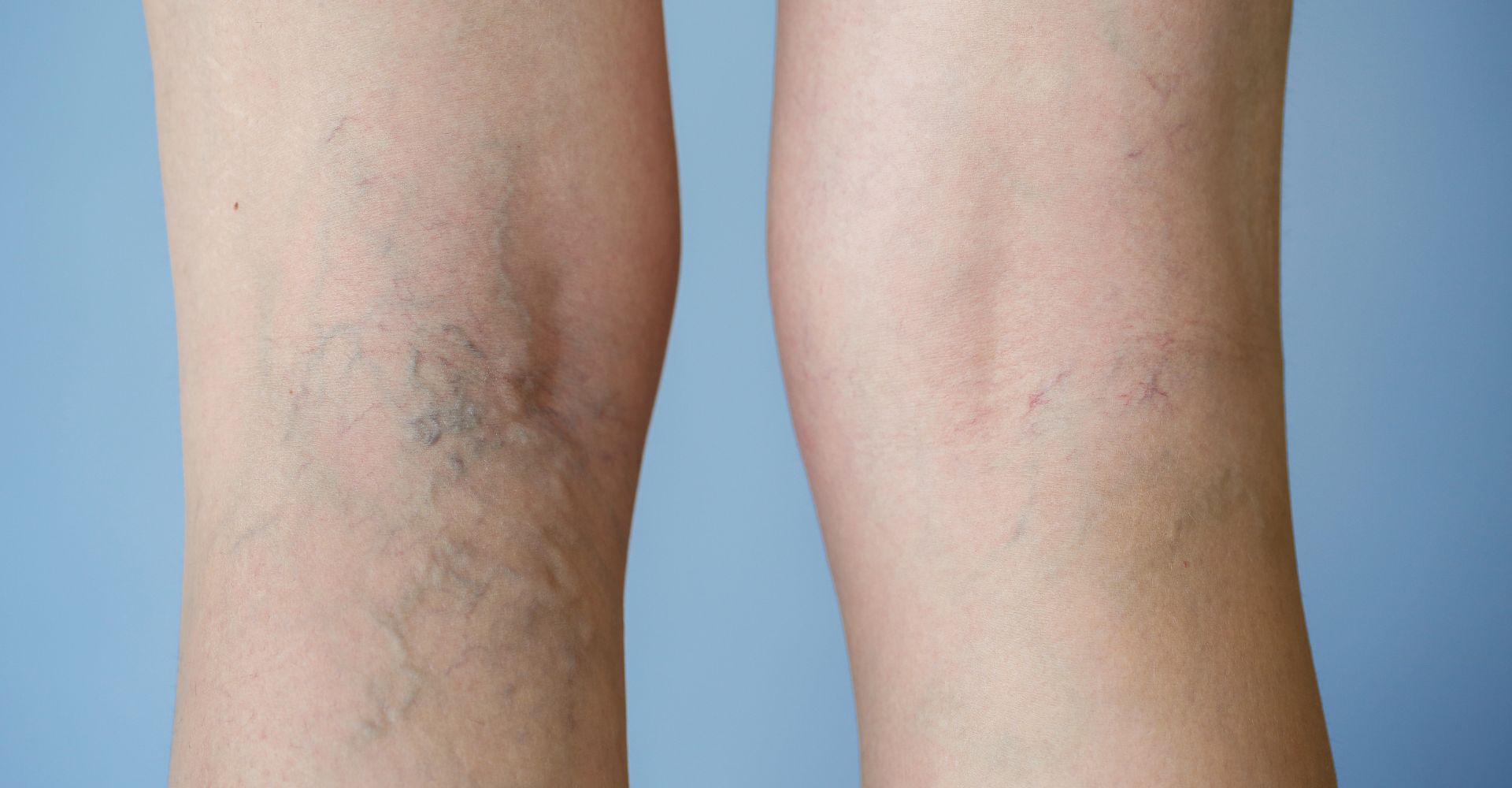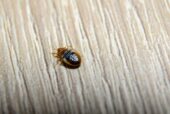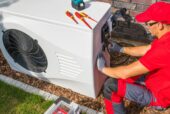Varicose veins are swollen, twisted veins that appear blue or purple in color. They usually occur in the legs and can cause pain, discomfort, and even lead to complications like blood clots. With over 40 million people now suffering from varicose veins in the USA access to effective treatments is vital.1 To see which treatments work the best this year start an online search now.
How Do Varicose Veins Occur In The First Place?
Veins are responsible for carrying blood back to the heart from the body’s organs and tissues. In healthy veins, there are small valves that help prevent blood from flowing backward. When these valves become weakened or damaged, blood can flow backward and pool in the veins, leading to the formation of varicose veins.2 There are several risk factors that can increase a person’s chances of developing varicose veins which may include the following.
- Genetics: A family history of varicose veins increases the risk of developing the condition.
- Age: As people get older, the veins in their legs may weaken and stretch, leading to varicose veins.
- Gender: Women are more likely than men to develop varicose veins.3
- Pregnancy: The increased pressure on the veins in the pelvis and legs during pregnancy can cause varicose veins.
- Obesity: Excess weight can put additional pressure on the veins in the legs.
- Standing or sitting for long periods: Jobs that require standing or sitting for long periods can increase the risk of varicose veins.
What Risks Do Varicose Veins Cause For Your Health?
Varicose veins can cause a variety of health issues, ranging from mild to severe. Some of the potential health issues that varicose veins can cause include.
- Pain and discomfort: Varicose veins can cause aching, throbbing, or cramping pain in the legs, especially after long periods of standing or sitting.
- Swelling: Varicose veins can cause swelling in the legs, ankles, and feet, which can be uncomfortable and make it difficult to move around.
- Skin changes: Varicose veins can cause skin changes, such as thickening, discoloration, or itching of the skin around the affected veins.
- Ulcers: In severe cases, varicose veins can cause skin ulcers, which are open sores that can be difficult to heal and may become infected.
- Blood clots: Varicose veins increase the risk of blood clots, which can be dangerous if they travel to the lungs or other organs.
- Bleeding: In rare cases, varicose veins can burst and cause bleeding, which can be heavy and difficult to stop.
- Deep vein thrombosis (DVT): Varicose veins increase the risk of DVT, which is a blood clot that forms in a deep vein, usually in the legs. DVT can be life-threatening if it travels to the lungs.
Are Varicose Veins The Same As Spider Veins?
While both conditions are often caused by similar risk factors, such as genetics, age, and lifestyle, spider veins are usually considered a cosmetic concern and are not usually associated with serious health complications. However, varicose veins are usually considered a medical condition and can lead to more severe symptoms and complications. Treatment options for varicose veins and spider veins also differ depending on the severity of the condition. While both conditions can be treated with sclerotherapy or laser therapy, more severe cases of varicose veins may require surgical intervention, such as vein stripping and ligation.
Natural Lifestyle Changes For Varicose Veins
There are several treatment options available for varicose veins, depending on the severity of the condition. Mild cases may only require lifestyle changes, while more severe cases may require medical intervention which we will get into further down the article.
- Exercise: Regular exercise, especially activities that work the leg muscles, can improve circulation and reduce the risk of varicose veins.
- Weight loss: Losing weight can help reduce the pressure on the veins in the legs.
- Avoiding long periods of standing or sitting: Taking frequent breaks and changing positions can help improve circulation.
- Elevating the legs: Elevating the legs above the heart level can help reduce swelling and improve circulation.
- Wearing compression stockings: Compression stockings help improve circulation and reduce the symptoms of varicose veins.
- Stay hydrated: Drinking plenty of water can help prevent constipation and improve circulation.
Medical Treatments For Varicose Veins
- Sclerotherapy: Sclerotherapy is a minimally invasive procedure that involves injecting a solution into the affected veins, causing them to collapse and eventually disappear.4 This treatment is usually recommended for smaller varicose veins and spider veins.
- Endovenous laser treatment (EVLT): EVLT is a minimally invasive procedure that uses laser energy to heat and close the affected veins. This treatment is usually recommended for larger varicose veins.5
- Radiofrequency ablation: Radiofrequency ablation is a minimally invasive procedure that uses heat energy to close the affected veins. This treatment is also usually recommended for larger varicose veins.
- Vein stripping and ligation: Vein stripping and ligation is a surgical procedure that involves removing the affected veins through small incisions. This treatment is usually recommended for severe cases of varicose veins.
See New Treatments For Varicose Veins
Varicose veins are a common condition that can cause pain, discomfort, and even lead to complications. Lifestyle changes and natural prevention methods can help reduce the risk of varicose veins, while various medical interventions are available for more severe cases. There are a range of new treatments being brought to the public which may help to reduce varicose veins. To see which treatments work the best this year start an online search now.
Reference:
- https://www.veincc.com/2016/10/20/varicose-vein-statistics-you-should-know/
- https://my.clevelandclinic.org/health/diseases/4722-varicose-veins
- https://www.veinclinics.com/blog/why-women-are-more-likely-to-develop-varicose-veins/
- https://www.mayoclinic.org/tests-procedures/sclerotherapy/about/pac-20384592
- https://www.hopkinsmedicine.org/health/treatment-tests-and-therapies/endovenous-laser-varicose-vein-surgery





